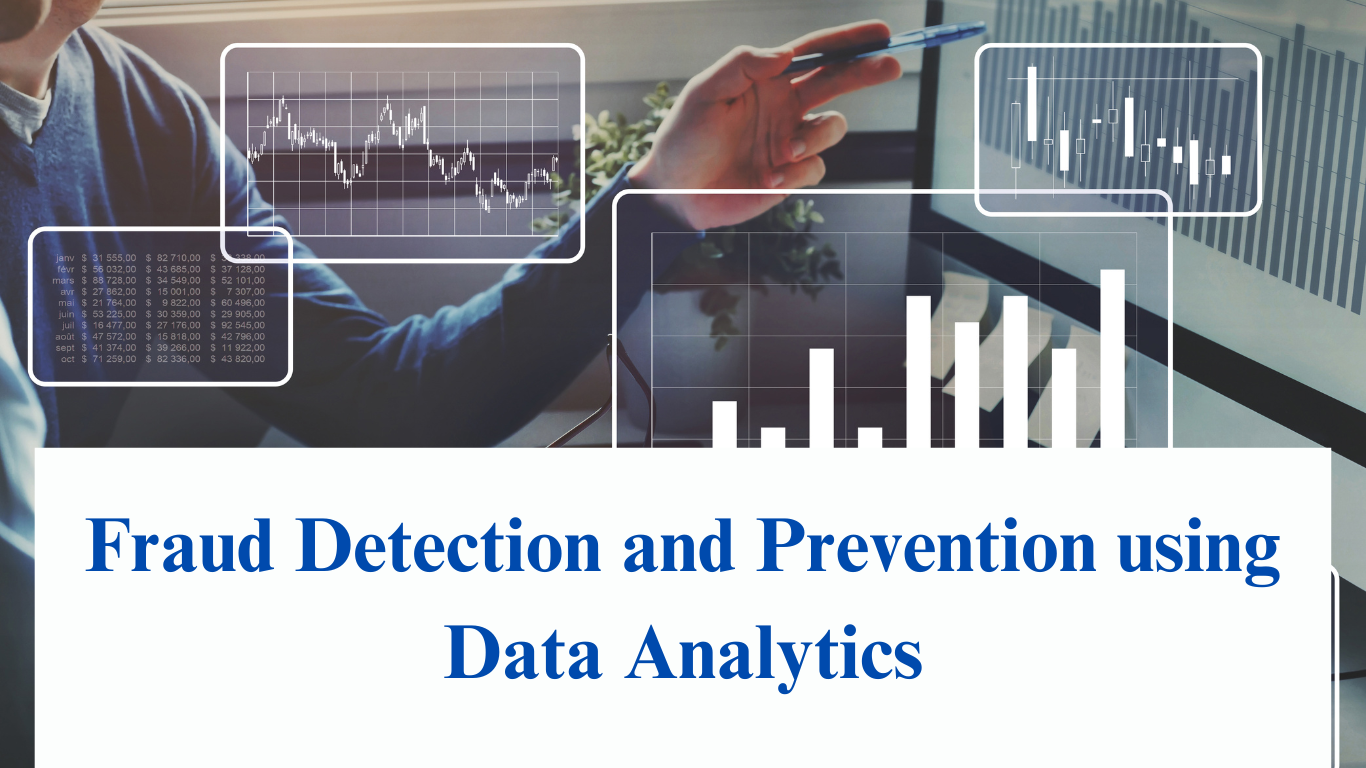We know that in the current world, everything is hugely dependent upon data. This is because most of our actions related to e-commerce, finance, healthcare etc. generate data. Hence, the amount of data being generated has grown exponentially. As majority of things have shifted in the online mode, there has been an unfortunate side effect. This is none other than a surge in fraudulent activities. To combat these threats, organizations are turning to utilise the power of data analytics.
If you want to understand how data analytics can be used to fight fraud detection, yu are at the right space. This article explores the role of data analytics in fraud detection and prevention. We will be emphasizing on the significance of enrolling in a relevant course to gain in-depth knowledge of this critical field. If you’re looking to enhance your skills, you can consider to enroll in a Data Analytics Training Center in Noida, Kota, Bangalore, Pune, Mumbai, Gandhinagar, and other cities across India, or even a relevant Python course ican help you to bolster your analytical toolkit.
Understanding the Landscape of Fraud
Before we take a dive into detection of frauds, let us understand how do these frauds happen? What leads to such vulnarable scenarios that eventually ends up in frauds? Well, fraud comes in many forms. It ranges from credit card fraud, identity theft to insurance scams and cyberattacks. The impact of fraud can be devastating, both financially and reputationally, for both individuals and organizations. Detecting and preventing fraud is a complex task. It requires the analysis of vast amounts of data to identify irregular patterns and anomalies. Once you are well versed in finding abnormalities in data sets, you will be good enough to detect frauds. This is where data analytics enter the scenario.
The Role of Data Analytics
Data analytics is a powerful tool in the fight against fraud. But how does it help? It involves the systematic analysis of data to uncover insights, trends, and anomalies that might indicate fraudulent activities. Here’s how data analytics contributes to fraud detection and prevention:
1. Anomaly Detection
One of the primary methods for fraud detection is anomaly or abnormality detection. This technique involves identifying data points that deviate significantly from the norm. For example, if an individual’s spending habits suddenly change, data analytics can flag this as a potential anomaly and trigger further investigation. This is just a simple example but it clarifies how anomaly detection helps in detecting fraudulent activities
2. Pattern Recognition
Data analytics also helps in recognising patterns and correlations within large datasets. For an example, it can identify common characteristics among fraudulent transactions or behaviors. Whenever such activities occur, it can send a trigger. It will make it easier to detect fraudulent activities when they occur.
3. Real-time Monitoring
With the help of data analytics, organizations can implement real-time monitoring systems. In this process, the systems continuously analyze incoming data and raise alerts when suspicious activities are detected. This proactive approach can prevent fraud before it occurs or minimize its impact to a large extent.
Importance of a Data Analytics Course
We can agree that the potential of data analytics in fraud detection is vast. However, to master this skill you will require in depth knowledge and expertise. Enrolling in a well-reputed Data Analytics course can be a strategic move for your career due to several reasons:
1. Understanding Data Sources
Data collection is one of the most important steps in data analytics. A good data analytics course equips you with the skills to collect and process data from diverse sources. In the context of fraud detection, this means you’ll be able to work with transaction records and user behavior data.
2. Learning Analytical Tools
These courses provide hands-on experience with analytical tools and software commonly used in the industry. You’ll become proficient in data visualization, statistical analysis, and the use of machine learning libraries.
3. Practical Application
A good course will include practical exercises and real-world case studies, giving you a chance to apply your knowledge to fraud detection scenarios. You’ll learn to interpret data, build models, and make informed decisions.
4. Staying Updated
The field of data analytics is continually evolving. A course ensures you stay up-to-date with the latest techniques and technologies, which is crucial in the ever-changing landscape of fraud.
Also Read-Data Analytics Future Trends: An Exploration of the Future Trends in Data Analytics
Python and Fraud Detection
Python is a versatile and widely-used programming language. it is the most favorite among data analysts and scientists due to its versatility, ease of understanding, and straightforward syntax. Its rich ecosystem of libraries and frameworks makes it well-suited for fraud detection. Enrolling in a Best Python course in Delhi, Pune, Mumbai, Gandhinagar, and other cities across India can be particularly advantageous for fraud analysts. Python’s simplicity and readability make it accessible for beginners while offering advanced capabilities for seasoned professionals.
Conclusion
In today’s data-driven world, fraudsters are becoming increasingly sophisticated. Most of them are well-educated individuals who have a good idea of the latest technology. To counter these threats effectively, organizations need skilled professionals who can harness the power of data analytics. Your knowledge and expertise will play a pivotal role in safeguarding individuals and businesses from financial losses and maintaining trust in the digital world.
